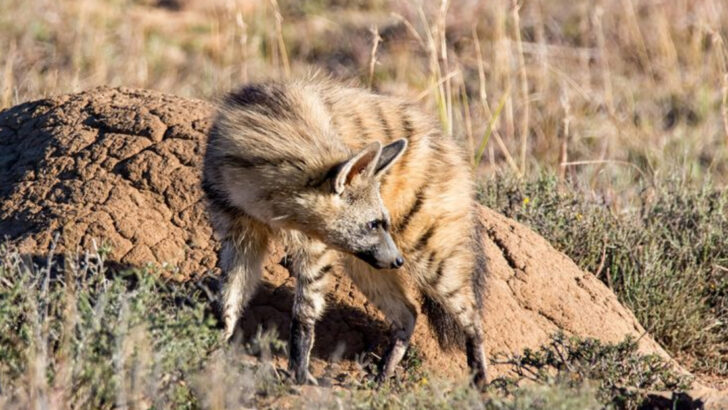The aardwolf is not a wolf. Not even close.
It doesn’t howl at the moon. It won’t lead a pack. And if you throw it a steak, it’ll politely decline and go munch on termites instead.
This shy, stripe-covered oddball has a name that screams predator—but a lifestyle that’s pure bug-nerd. It’s more interested in sniffing out insect colonies than chasing down prey. More likely to avoid a fight than start one.
Still, people keep mixing it up with wolves. Probably because of that name. So let’s clear things up—once and for all—with 14 reasons why the aardwolf is marching to its own strange, snack-loving beat.
Dietary Preferences
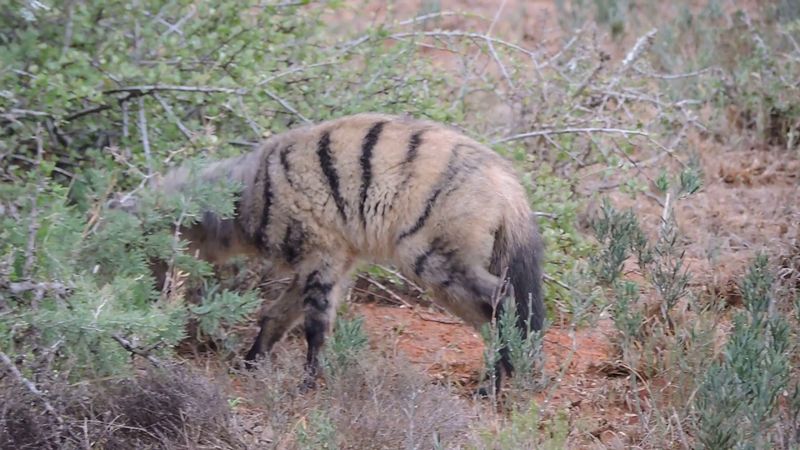
Unlike the carnivorous wolf, the aardwolf has a peculiar palate for termites. During the night, it scours the savanna, lapping up thousands of termites with its long, sticky tongue. This insectivorous diet is a far cry from the meat-centric meals of wolves.
While wolves rely on their pack to hunt large prey, the aardwolf’s nocturnal foraging is a solitary affair. The aardwolf has adapted to digest the high chitin content of its prey, showcasing its unique evolutionary path. This unexpected dietary choice highlights the aardwolf’s distinctive ecological niche.
Solitary Nature
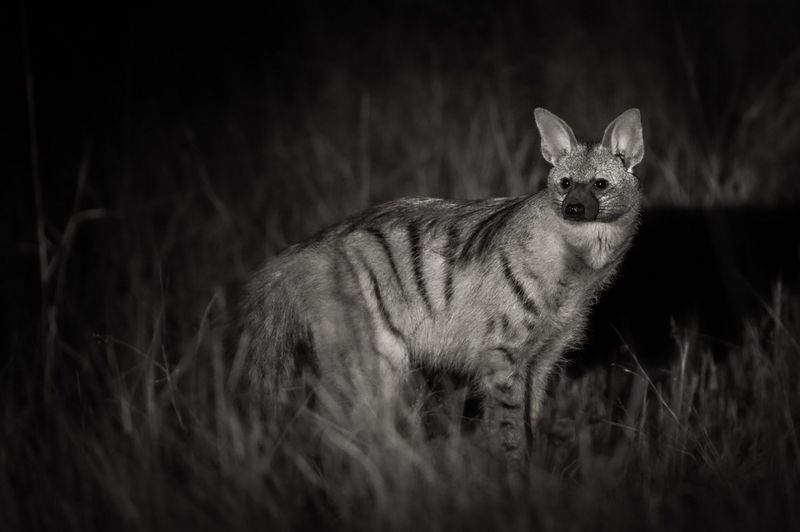
Wolves are renowned for their pack mentality, thriving on social interaction and cooperation during hunts. In stark contrast, the aardwolf leads a solitary life, seldom seen in groups. This nocturnal creature prefers the quiet company of the night as it prowls the savanna alone.
The aardwolf’s independence allows it to avoid competition for its termite-rich diet. This stark lifestyle difference underscores the aardwolf’s unique adaptation to its environment, emphasizing its solitary behavior as a key differentiator from the social wolf packs.
Unique Communication
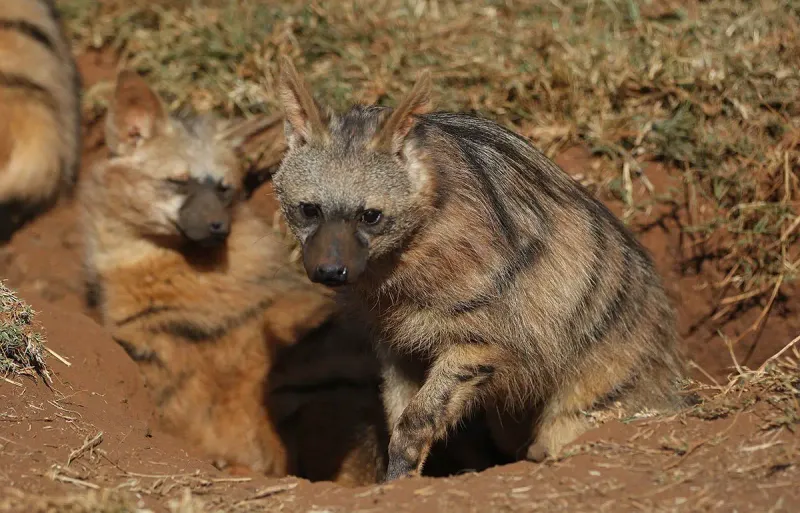
Communication is key for wolves, who howl to coordinate and bond with their pack. The aardwolf’s vocalizations are gentler and less frequent, focusing on subtle hisses and barks. These sounds serve mainly defensive purposes or to alert others of danger.
This quiet communication style reflects the aardwolf’s more reserved nature. Unlike the communal calls of wolves, the aardwolf’s signals are personal, tailored to its solitary existence. Its minimalistic vocal repertoire enhances its stealth, a necessity for surviving its unique lifestyle.
Physical Appearance
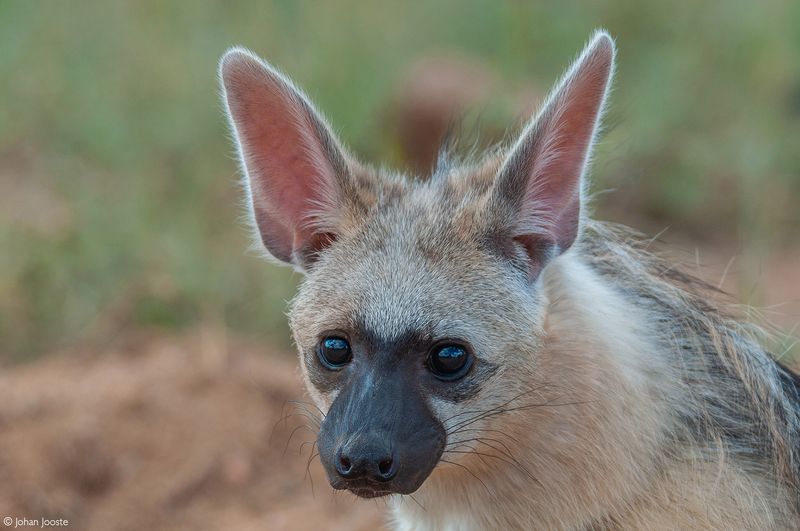
At first glance, the aardwolf may resemble a striped hyena, not a wolf. Its small stature, pointed ears, and bushy mane set it apart visually. Weighing merely 20-30 pounds, the aardwolf’s delicate frame contrasts the robust physique of wolves.
The aardwolf’s coat features vertical stripes, a striking pattern different from the wolf’s uniform coat. This unique appearance aids in camouflage, blending seamlessly with tall grasses. Such distinct physical traits highlight the aardwolf’s divergence from the typical wolf image, showcasing nature’s creativity in design.
Mating and Family Life
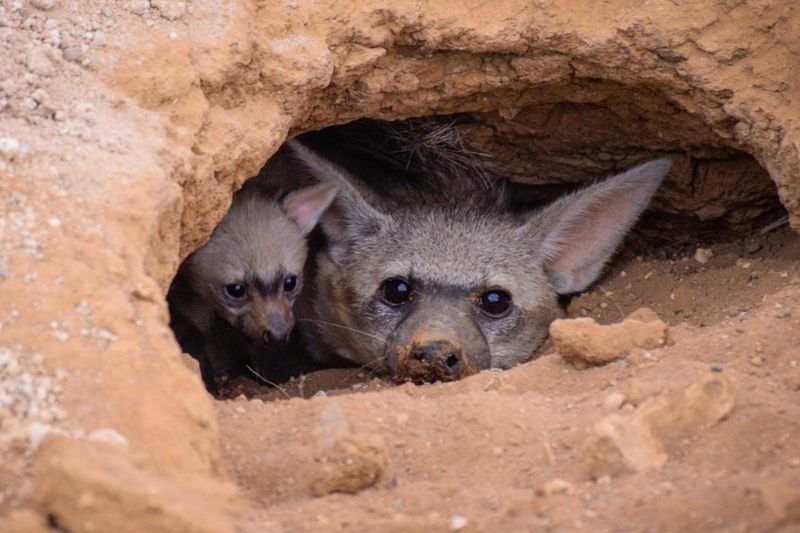
In the realm of family dynamics, the aardwolf again diverges from its lupine namesake. Aardwolves form monogamous pairs, often seen raising their cubs together in a shared den. This pair-bonding contrasts with the pack-oriented breeding structure of wolves.
The aardwolf’s commitment to its partner and offspring creates a close-knit family unit. This nurturing approach ensures the survival of their young, in stark contrast to the competitive pack hierarchy of wolves. Such familial devotion highlights the aardwolf’s unique social structure.
Territorial Behavior
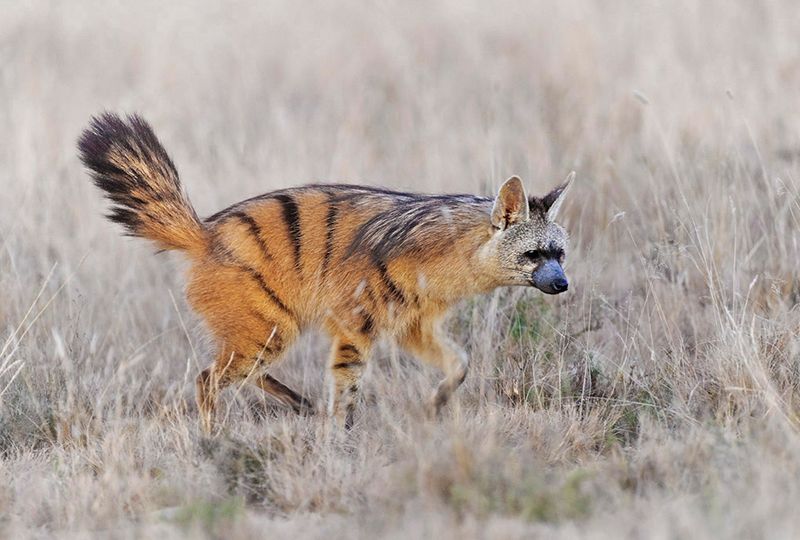
Territorial instincts run strong in both wolves and aardwolves, yet manifest differently. Aardwolves are known for their meticulous scent-marking rituals, using anal glands to delineate their patch of savanna. This method contrasts with wolves’ territory defined by howling and pack presence.
The aardwolf’s territory is fiercely guarded against intruders, its scent marks serving as invisible boundaries. This behavior underscores the aardwolf’s solitary nature, reinforcing its independence from the pack-oriented wolves. The distinctive scent-marking method emphasizes the aardwolf’s unique territorial strategy.
Dietary Adaptation
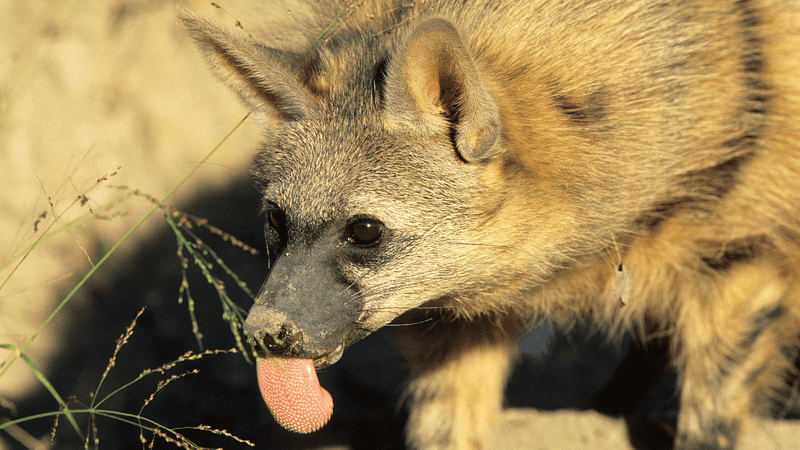
The aardwolf’s dietary adaptation is a marvel of evolution. Unlike wolves, who hunt in packs for large prey, the aardwolf is optimized for consuming termites. Its specialized jaw and tongue design enable efficient termite consumption, highlighting its unique niche.
This adaptation allows the aardwolf to thrive where other species might struggle. Its digestive system is fine-tuned to process the high chitin content of its diet, showcasing an extraordinary evolutionary path. Such dietary specialization emphasizes the aardwolf’s distinct role in its ecosystem, separating it from the carnivorous wolves.
Energy Conservation
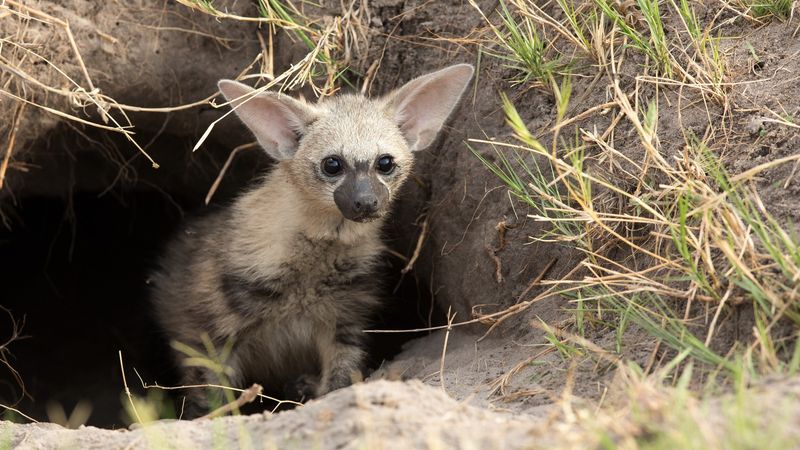
Wolves, with their dynamic lifestyles, are constantly on the move, hunting and patrolling territories. In contrast, the aardwolf adopts a more energy-conserving lifestyle. It spends daytime hours resting, conserving energy for nocturnal foraging.
This energy-efficient lifestyle supports its termite-based diet, requiring minimal energy expenditure. This adaptation highlights the aardwolf’s unique approach to survival, differentiating it significantly from the active, high-energy lifestyle of wolves. Its ability to thrive on a low-energy diet showcases a remarkable evolutionary strategy.
Defensive Mechanisms
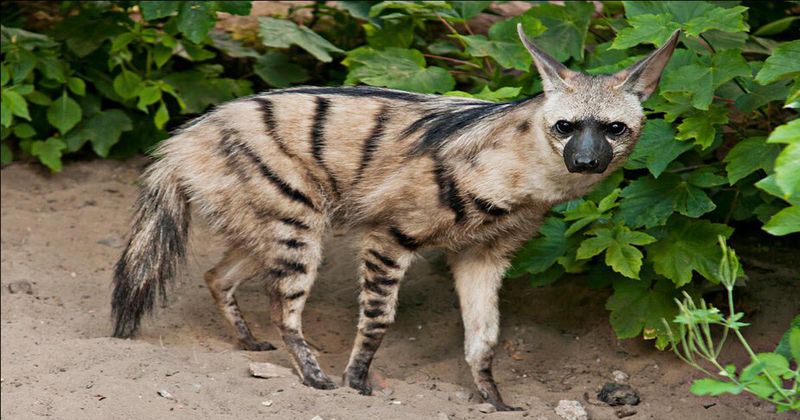
While wolves rely on strength and numbers to fend off threats, the aardwolf possesses a different arsenal. Its erect mane and distinctive odor serve as deterrents to potential predators. This display of intimidation reflects an adaptation to its solitary lifestyle.
The aardwolf’s reliance on visual and olfactory defenses underscores its divergence from the pack-dependent strategies of wolves. Such unique mechanisms highlight the aardwolf’s ingenuity in safeguarding itself within its environment, emphasizing how it thrives despite its solitary nature.
Habitat Preference
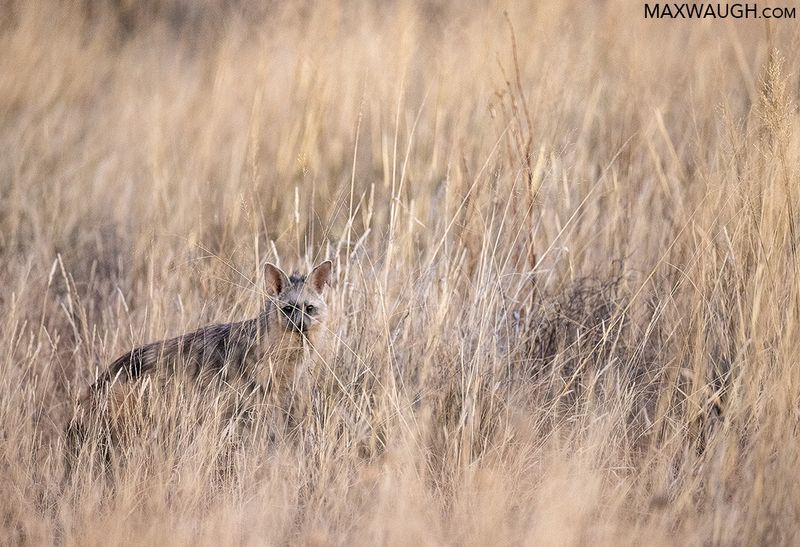
Habitat preference is another area where aardwolves differ from wolves. Aardwolves favor open plains and grasslands, environments rich in termite populations. This preference contrasts sharply with the diverse habitats of wolves, which can include forests, tundras, and mountains.
The aardwolf’s habitat choice is a direct result of its dietary needs, ensuring access to its primary food source. This specialized habitat provides a perfect setting for its survival strategies, further distinguishing it from the adaptable wolves. Such habitat preference underscores the aardwolf’s unique ecological niche.
Vocalization Patterns
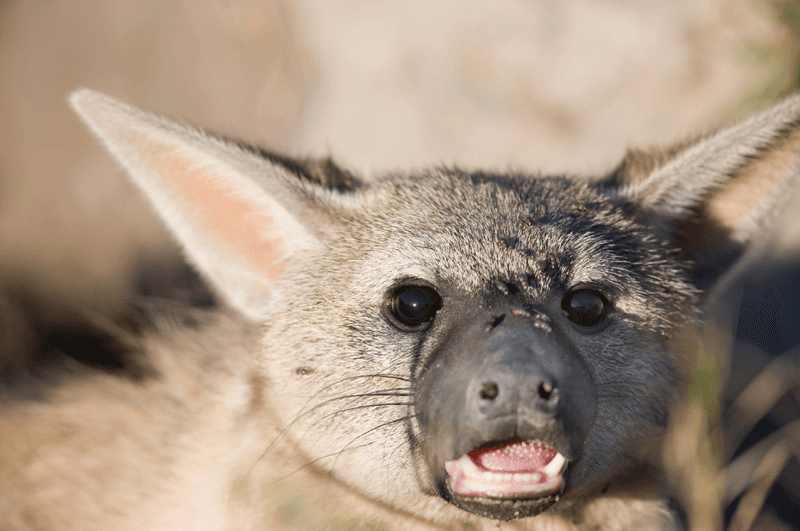
The aardwolf’s vocalization patterns are subtle compared to the iconic howls of wolves. Their sounds are soft, including hisses and low growls, reflecting their solitary habits. These quiet calls are designed for minimal disruption, aligning with their need for stealth.
Unlike wolves, who use vocalizations for social coordination, the aardwolf’s voice serves primarily defensive and warning purposes. This communication style is tailored to its independent lifestyle, highlighting yet another distinction from the communal wolves. The aardwolf’s gentle vocalizations illustrate its adaptation to a solitary existence.
Unique Sensory Abilities
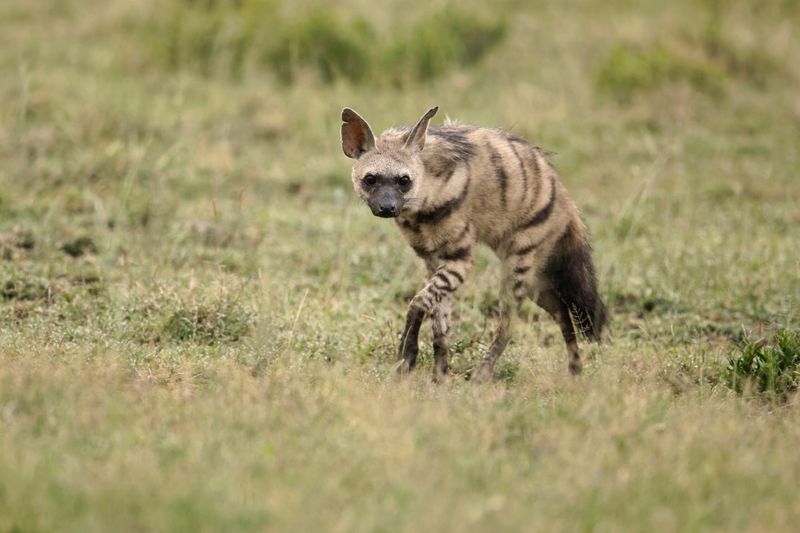
The aardwolf’s sensory abilities are uniquely adapted to its termite diet. Its acute sense of smell is essential for locating termite mounds in the vast savanna. This sensory specialization contrasts with the wolves’ keen hearing and sight used for hunting larger prey.
The aardwolf’s nose is fine-tuned to detect subtle chemical cues, showcasing its remarkable evolutionary path. Such sensory adaptations emphasize the aardwolf’s place in its ecosystem, specialized for its insectivorous lifestyle. The aardwolf’s keen olfactory sense marks another point of difference from the hunting-oriented wolves.
Lifespan and Longevity
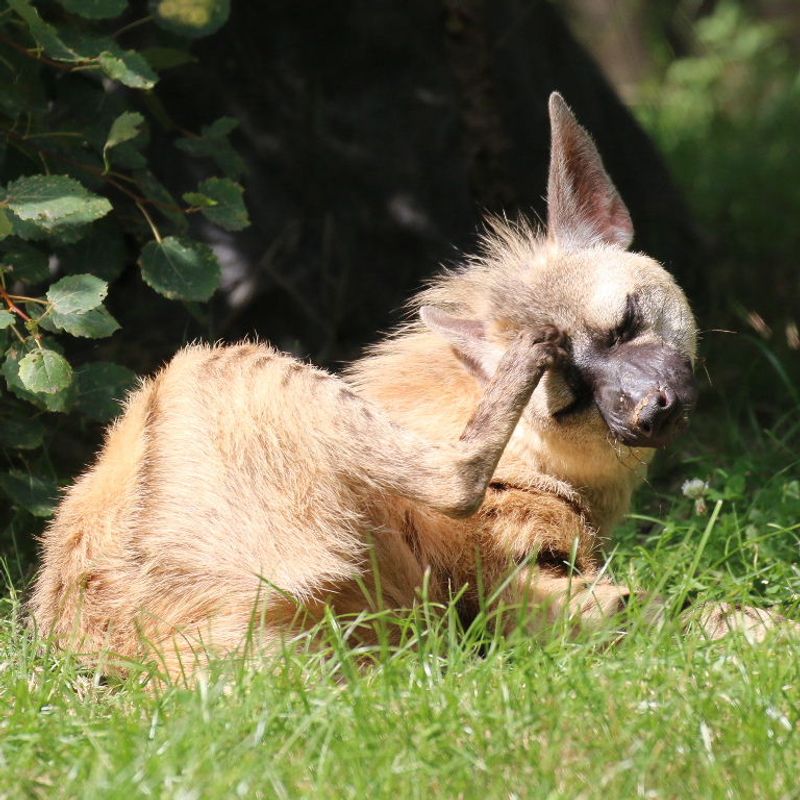
The aardwolf’s lifespan, typically around 8-10 years in the wild, mirrors that of wolves but with distinct lifestyle choices. Unlike wolves, who face constant threats from natural predators and human activities, aardwolves have a more stable existence.
Their insectivorous diet and nocturnal habits contribute to a relatively stress-free life, potentially influencing longevity. This lifestyle, combined with fewer social conflicts, sets the aardwolf apart from the more dynamic lives of wolves. The aardwolf’s peaceful existence underscores its unique survival strategy.
Role in the Ecosystem
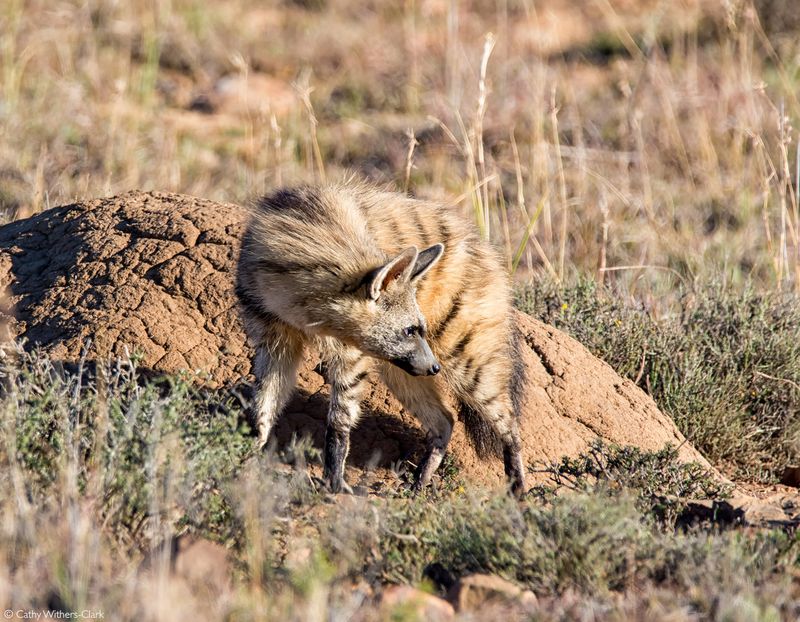
In the intricate tapestry of the savanna ecosystem, the aardwolf plays a vital role as a termite predator. By controlling termite populations, it maintains the ecological balance, preventing overpopulation and potential damage to the environment.
This role differs significantly from wolves, who are apex predators influencing prey populations and biodiversity. The aardwolf’s specialization highlights its importance in its habitat, showcasing a distinct ecological contribution. The aardwolf’s niche role underscores its divergence from the pack-dominant wolves, emphasizing its unique place in nature’s hierarchy.

